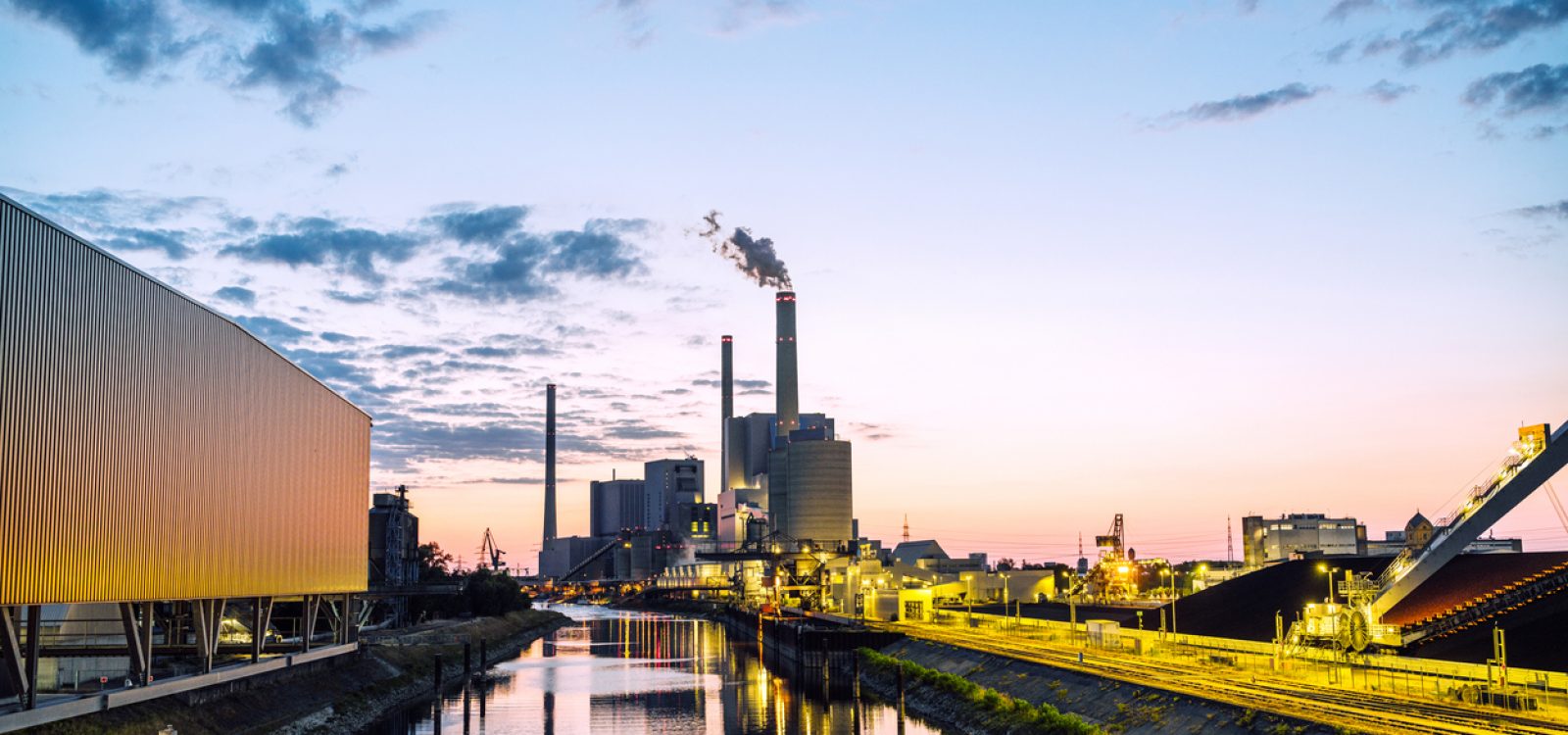
Is Climate Transition Creating a ‘Social’ or ‘Minsky’ Green Bubble?
To avoid catastrophic climate change, the world’s economy must be transformed.
Societal norms and lifestyles will have to change radically, and businesses must find ways to service their customers without leaving a carbon footprint.
Companies that are unwilling, or unable to make these changes are thus susceptible to transition risk through climate policy, technological innovation (competitors providing a similar, but greener alternative) or revenue declines (i.e., through changing customer preferences).
As transition pathways are rarely linear nor smooth, for investors and lenders, this produces considerable risk and uncertainty.
While there is merit in developing plausible theories regarding how future climate transition risk scenarios may eventuate, robust risk management demands the need to temper this with sound evidence-based models of the phenomenon.
Unfortunately, detecting specific examples of past transition failures, along with supporting data, has proved to be exceptionally difficult. One of the major challenges lies in the difficulty in attributing cause and effect of a specific event or development that adversely impacts a business.
For example, there has been contention that the struggles of the US automotive industry in the 1970s were a direct result of the passage of the Clean Air Act in 1970 that mandated a sharp reduction in passenger vehicle emissions.
In particular, was the Chrysler bankruptcy and subsequent bailout brought upon by climate transition risk? Perhaps so, but further scrutiny of the Chrysler crisis reveals a number of idiosyncratic contributing challenges ranging from external factors such as increased competition from Asian manufacturers, rapidly rising fuel prices and a deep U.S. recession to internal corporate governance issues.
As such, history clearly shows that transition risks in the corporate sector are not exclusively caused by climate change but rather climate alongside a wide variety of other economic, demographic, technological and cultural drivers of change.
Idiosyncratic risks are diversifiable, and thus for transition risk to pose a genuine threat to major banks or disrupt global financial stability, it must have macroeconomic implications.
To this end, does the green finance revolution qualify as a systemic risk? While transition risks to date have often been focused on stranded assets within the fossil fuel sector, it could also manifest through the formation of asset price bubbles in new green sectors such as renewable energy and carbon credit industries.
The aim of this article is to consider the possible causes and effects of a green bubble, using comparisons to previous bubbles such as the dot.com boom and GFC to identify financial risks faced by lenders and investors.
Is there evidence of a Green Bubble in the making?
Throughout modern history, there have been ebbs and flows of interest in all things green. However, it is arguable that none have been as widespread, and sustained as that of the current ‘green movement’, spurred by a greater appreciation of our collective impact on the climate through extreme event attribution science and dire IPCC projections.
Despite the threat associated with the most severe physical climate scenarios, decisive political action on global warming has been erstwhile elusive, resulting in many false starts, including US’s withdrawal, and re-ratification of the Paris Agreement.
With COP28 underway, hopes are high that “this time will be different”, but this is not guaranteed. Expecting a market based fix will always run the risk of moral hazard, with the event hosted by a petro-state and chaired by an oil baron particularly telling. Nevertheless, consumer boycotts, activist investors and other private markets have sprung to fill the void in government climate policy, and now play a central role with respect to the climate change transition.
It is well understood that new markets, particularly those with ‘je ne sais quoi’ tend to stir irrational exuberance amongst its actors. The mad rush for fear of missing out on the ESG ‘save the planet’ bandwagon creates ripe conditions for the formation of a green bubble – diving into anything labelled ‘ESG’, ‘Green’, ‘sustainable’ or ‘carbon-reducing’.
With regulation and robust quantification methodologies playing catch up to the relentless dynamism of the green rush, it is difficult, nigh impossible to distinguish companies and products that truly add value from greenwashers, leading to misguided valuations. In fact, latest trends suggest that the latest green bubble has already been forming and gathering pace since the onset of COVID-19.
While Tesla is often cited as the representative example of a green bubble, with its shares at nine times what they were at the start of 2019, it isn’t that much of an outlier, with the Economist Green Index (which tracks a portfolio of firms that stand to benefit from energy transition – with market cap of USD 3.7tr) doubling since 2019, significantly outpacing the S&P 500.
Global inflows into ESG funds also reached 175bn from under 25bn in 2018 accordingly despite COVID and the persisting uncertain geopolitical outlook. While academic literature in this area is sparse recent studies have pointed to bubble behaviour – using log-periodic-power-law (LPPL)1 methods, and noting that the drawdown of ESG indices are four times that of the S&P during COVID.
The Green Bubble: What’s at stake this time?
To contextualise the green bubble, it is instructive to introspect previous financial crises. To this end, the dot.com bust caused the relatively shallow 2001 recession and banks suffered disproportionately large losses on their corporate lending portfolios.
The development of the internet was slowed for a time during the early 2000s. A number of survivors such as Amazon, Apple and Google took full advantage of post bubble conditions and thrived in the decades that followed. In contrast, the 2008 credit crisis triggered a greater impact that reverberated through the global financial markets for a number of reasons – the primary actors were more leveraged, held larger positions, and a more inter -connected economy facilitated greater spillover contagion.
High profile bailouts of ‘too big to fail’ firms such as Merill Lynch and AIG, and the unprecedented quantitative easing that followed to avoid a complete failure of the financial sector was testament to the profound and persistent impacts of the global financial crisis.
With respect to the green bubble, there are a range of plausible outcomes – largely dependent upon the extent of the price correction, and investor attitudes post event as to whether green assets continue to have a ‘bona fide raison d’etre’ or ought to be completely written off as greenwashed duds. A very bad scenario would be a sharp burst to the bubble associated with systemic financial contagion, and coinciding with challenging underlying broader macroeconomic conditions that prevent a recovery in the green sector.
As we increasingly fall further behind on climate targets – the bursting of the green bubble in this manner has the potential to undermine the fundamental credibility of the transition process itself, and thus cause critical delay to low carbon transition efforts through sunk transition costs.
On the other hand, there may be a silver lining to the story of the green bubble. This competing view suggests that the green bubble is ‘social’ rather than ‘Minksy’ in nature, where a self-sustaining positive feedback loop spurred by scientific and technological breakthroughs that fundamentally add value to society outlasts the bubble that created these artifacts in the first instance.
There is in fact precedent in the form of the ‘clean tech bubble’ which is said to have formed following the dot com and burst due to a combination of the 2008 GFC, China’s solar surge, falling natural gas prices and the simply unsustainable nature of exponential stock price increases. Despite bursting and causing heavy losses to investors, it is arguable that it has accelerated the large-scale adoption of wind and solar energy technologies, which ironically now form part of the backbone of the current green bubble.
This time round however, there are important differences – further green energy developments aside, much of the current ESG boom is driven by ordinary firms rebranding as ‘green’ and purportedly adopting ‘sustainable practices’, as well as a carbon credits market that remains largely unregulated, untested and highly susceptible to greenwash. In addition, as the broader ESG movement gathers momentum across the globe, the size of the current bubble will likely dwarf that of its predecessors.
The signs to date are concerning, with pledges and hubris outweighing real innovation, particularly when placed in contrast against the record speed in which COVID-19 vaccines were developed and deployed as a result of rapid and unprecedented capital deployment into that sector.
Instead, there remains sluggishness in renewable project uplifts from supply chain stasis, poor visibility over the viability of scalable direct air carbon capture technologies, or globally consistent and fair carbon credit standards.
Conclusion
Although the world must continue to stay its course in the climate transaction despite the pandemic, geopolitical and macro-economic unrest, we find ourselves caught between a rock and a hard place. While there is a need to guard against irrational exuberance manifesting in the form of a damaging green bubble, the financing gap to adapt and mitigate against the brunt of unabated climate change continues to widen.
The green bubble has the potential to be virtuous in terms of generating and sustaining the enthusiasm required to support the climate transition but all risks being undone if it was simply an illusion of progress. As such, early warning signals should be heeded, and pragmatic steps ought to be taken to ensure that markets temper its excitement for all things green with necessary guardrails to ensure that this bubble turns out to be one that helps rather than hampers the broader climate transition.
Thanks to Tony Hughes for critical discourse and inspiration behind the article.
References
1 The LPPL model characterises exponential growth leading to a critical time of asset burst price (power law) and oscillations that become progressively faster as critical time approaches (log-periodicity)
Sources
Ghosh et al., Deconstruction of the Green Bubble during COVID 19, International Evidence, Creative Economy for Sustainable Development, 2022
Giorgis et al., Salvation and Profit: Deconstructing the Clean-Tech Bubble, Swiss Finance Institute Research Paper, 2021
The Editorial Board, Lesson’s from Tesla’s remarkable run, Financial Times, 2020
CPD: Actuaries Institute Members can claim two CPD points for every hour of reading articles on Actuaries Digital.






